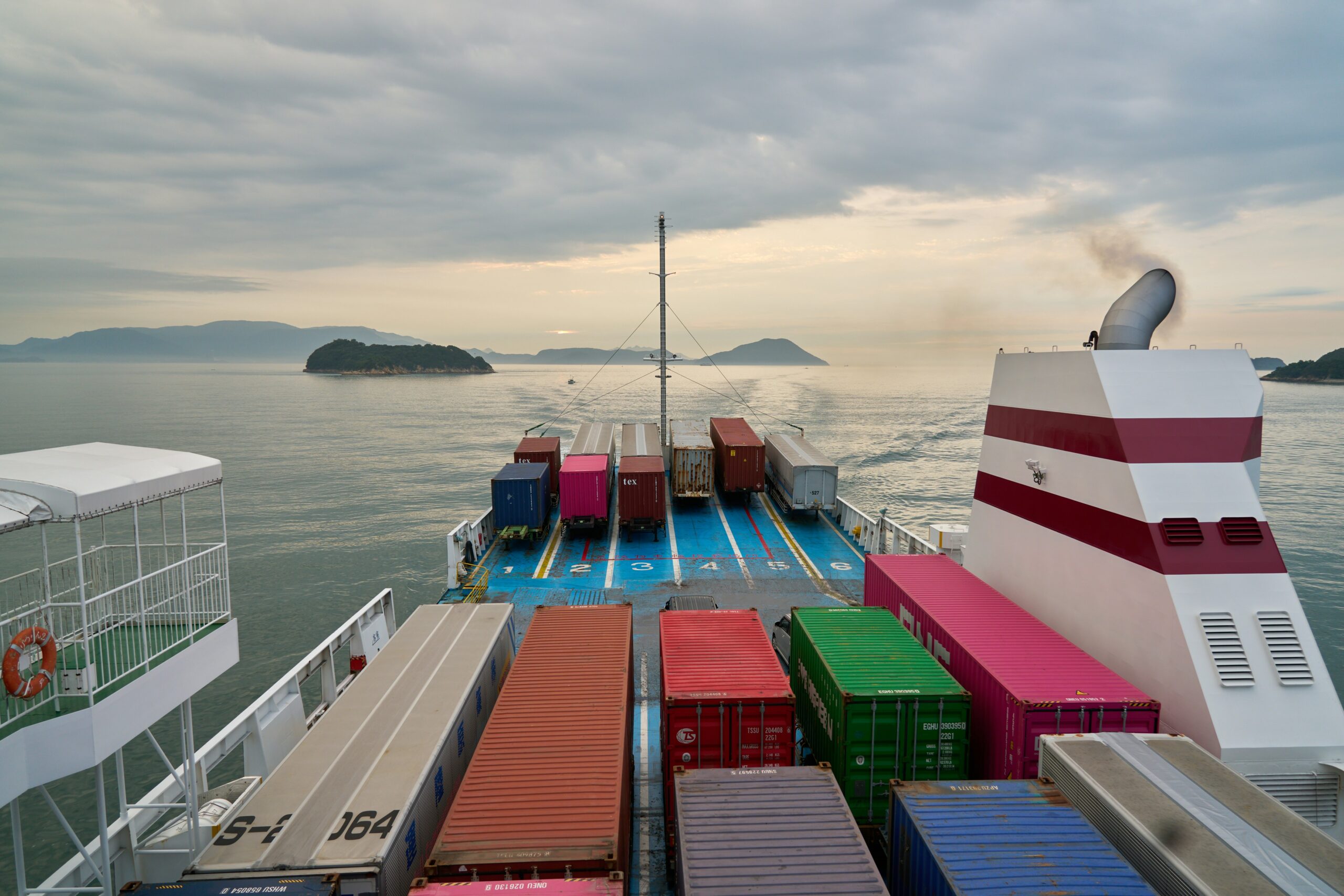Strengthening Security Measures for Commercial Shipping Routes

Global trade relies heavily on the uninterrupted flow of goods across commercial shipping routes. However, these maritime arteries are increasingly threatened by piracy, geopolitical tensions, cyberattacks, and environmental risks. The safety of ships, crews, and cargo is therefore not just a commercial necessity but also a matter of international security. Strengthening maritime security demands a holistic approach that integrates technology, international cooperation, regulatory measures, and preparedness against emerging threats.
The Importance of Securing Shipping Routes
Commercial shipping routes form the backbone of the global economy, transporting over 80% of international trade by volume. Disruptions can have ripple effects across industries, from energy and raw materials to consumer goods and food supplies. Strategic chokepoints such as the Suez Canal, the Strait of Malacca, and the Bab el-Mandeb Strait are particularly vulnerable because even a single incident—whether an accident, blockade, or attack—can halt global shipping traffic. Ensuring the resilience of these routes is therefore vital for economic stability and international security.
Traditional Threats: Piracy and Armed Robbery
Piracy remains one of the oldest and most persistent threats to maritime trade. While international naval patrols and coordinated interventions have reduced incidents in hotspots like the Gulf of Aden, piracy continues in regions such as the Gulf of Guinea. These attacks not only endanger lives but also impose economic costs through ransom demands, higher insurance premiums, and rerouting expenses.
To counter piracy, measures such as onboard security personnel, armed escorts, and the adoption of Best Management Practices (BMPs) have proven effective. Additionally, regional partnerships—such as the Djibouti Code of Conduct—have strengthened information sharing and joint response mechanisms. Despite progress, piracy adapts quickly, meaning constant vigilance and innovation are necessary.
Geopolitical and Military Risks
Commercial shipping routes often pass through contested waters. Territorial disputes in the South China Sea, naval blockades during conflicts, and sanctions enforcement all pose challenges. Such geopolitical risks can escalate quickly, trapping commercial vessels in disputes far beyond their control.
To mitigate these risks, shipping companies and governments must develop robust contingency plans, including real-time route adjustments, political risk assessments, and close collaboration with naval forces. Diplomatic engagement between maritime nations is equally essential to prevent escalation and maintain open sea lanes.
Cybersecurity as a Growing Challenge
Modern shipping depends heavily on digital systems for navigation, cargo handling, and communication. This reliance has created new vulnerabilities. Cyberattacks targeting port infrastructure or vessel control systems can cause massive disruptions. For example, ransomware attacks on major shipping lines in recent years have temporarily paralyzed global logistics networks, demonstrating the scale of potential damage.
The Role of Technology in Maritime Security
Advanced technology offers new ways to protect shipping routes. Satellite surveillance, automated identification systems (AIS), and uncrewed aerial vehicles (UAVs) provide real-time monitoring of maritime traffic. Artificial intelligence (AI) can analyze shipping patterns to detect anomalies, while blockchain technology enhances cargo tracking and reduces fraud.
Moreover, modern naval forces employ drones, underwater sensors, and integrated command systems to monitor and secure vast maritime regions. Commercial operators also benefit from predictive analytics that anticipate risks—whether from weather conditions, piracy threats, or geopolitical developments. The adoption of such technologies can significantly improve both preventive measures and rapid response capabilities.
Environmental and Natural Hazards
While human threats receive significant attention, environmental risks can be equally damaging. Extreme weather events—hurricanes, typhoons, and cyclones—are intensifying with climate change, endangering vessels and delaying cargo. Rising sea levels may also impact port infrastructure, while accidents such as oil spills can create ecological disasters and disrupt trade.
Strengthening resilience against natural hazards involves integrating advanced weather forecasting, investing in climate-resilient infrastructure, and training crews in emergency response. Developing contingency logistics plans ensures continuity of operations when routes are temporarily closed due to environmental crises.
International Cooperation and Legal Frameworks
Maritime security cannot be achieved by individual nations alone. The oceans are a global commons, and threats rarely respect national boundaries. Initiatives such as the International Maritime Organization (IMO) conventions, joint naval patrols, and regional security agreements play crucial roles in maintaining safe shipping routes.
Legal frameworks—such as the United Nations Convention on the Law of the Sea (UNCLOS)—provide guidelines for territorial claims, rights of passage, and conflict resolution. Strengthening adherence to these frameworks, along with building trust between maritime stakeholders, is essential for long-term security. Collaboration also extends to private actors, including shipping companies, insurers, and port operators, who must align security practices with international standards.
Training, Preparedness, and Human Factors
Even with cutting-edge technology, the human element remains central to maritime security. Well-trained crews are critical in responding effectively to piracy, cyber incidents, or natural disasters. Training programs should cover not only navigation and emergency drills but also cybersecurity awareness and cultural sensitivity when operating in diverse regions.
Preparedness must extend beyond individual ships to entire organizations. Shipping companies should regularly conduct security audits, risk assessments, and crisis simulations. This ensures that all stakeholders—from crew members to executives—are ready to respond swiftly and effectively to emerging threats.
Future Outlook: Building Resilience in Maritime Trade
The future of commercial shipping security will depend on adaptability and resilience. Emerging technologies such as autonomous ships, quantum encryption, and AI-driven threat detection will reshape maritime security landscapes. At the same time, geopolitical tensions and climate change are likely to introduce new challenges.
Strengthening security measures for commercial shipping routes is not a one-time effort but a continuous process. As threats evolve—from piracy and geopolitical conflicts to cyberattacks and climate risks—maritime stakeholders must remain proactive and collaborative. By investing in technology, fostering international cooperation, enhancing crew preparedness, and building resilience against natural hazards, the global community can safeguard the arteries of world trade. In doing so, it ensures not only the smooth flow of goods but also the stability of the global economy itself.
Additional Information
- Blog
- geopolitical tensions, investing in technology, Modern shipping
- Jim Feldkamp